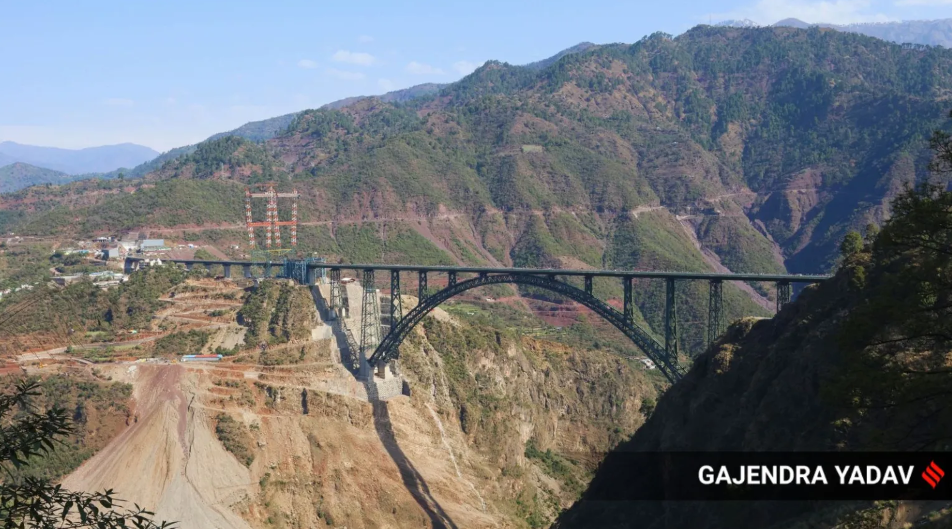Free Courses Sale ends Soon, Get It Now


Free Courses Sale ends Soon, Get It Now



Disclaimer: Copyright infringement not intended.
Context
Prime Minister Narendra Modi recently inaugurated the Banihal-Sangaldan section of the railway line which aims to connect Baramulla in North Kashmir to Udhampur in Jammu.
Details
The Banihal-Sangaldan railway line
Why it is important
Travel option to Valley when roads not usable
Promote tourism and economy
Valley still away from Indian railways network
History of railways in Jammu and Kashmir
Challenges and innovations
Benefits
|
PRACTICE QUESTIONS Discuss how monetisation of railway assets plays a significant role in resolving various issues of the Indian railways. (250 Words) |
© 2024 iasgyan. All right reserved